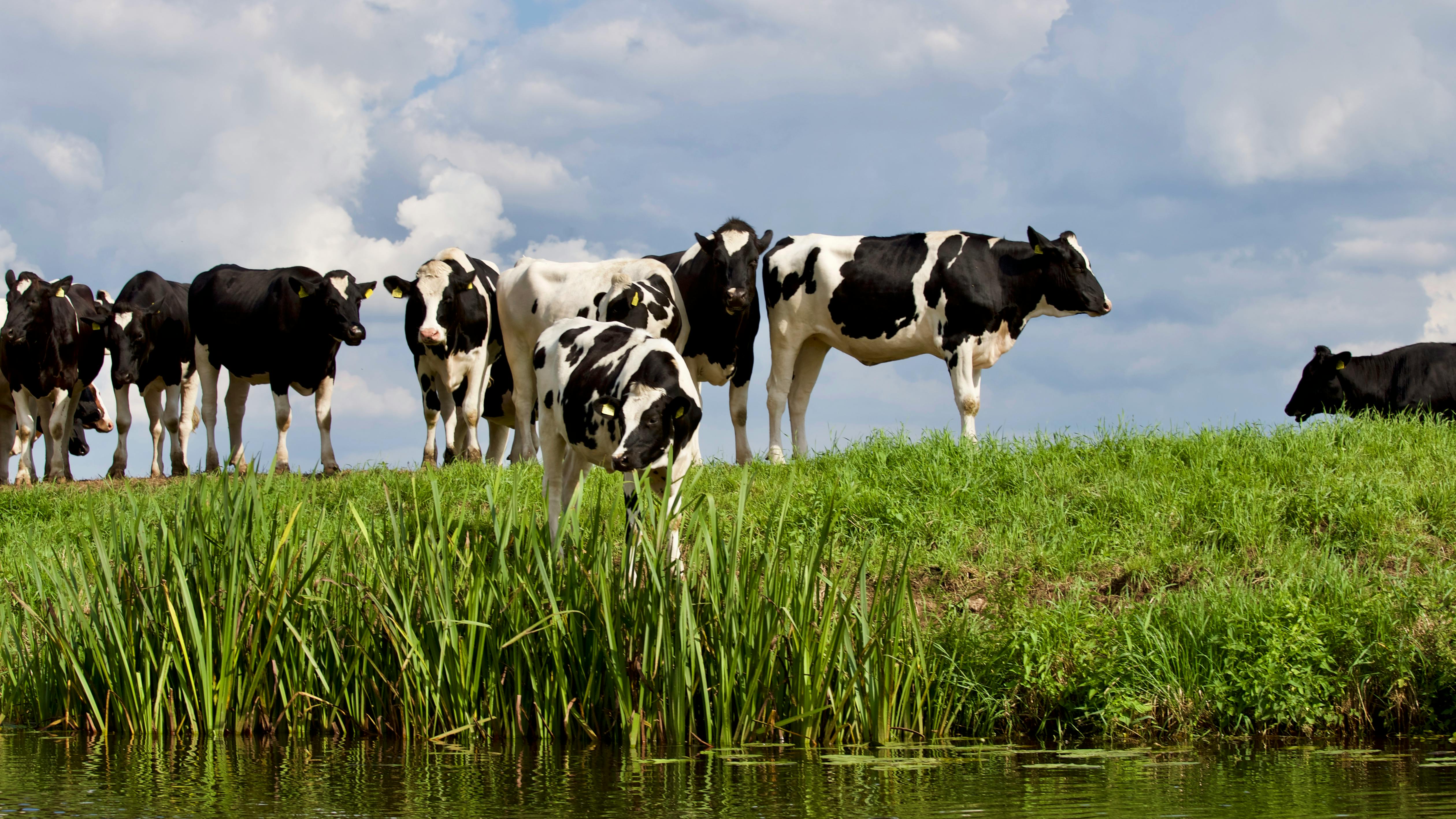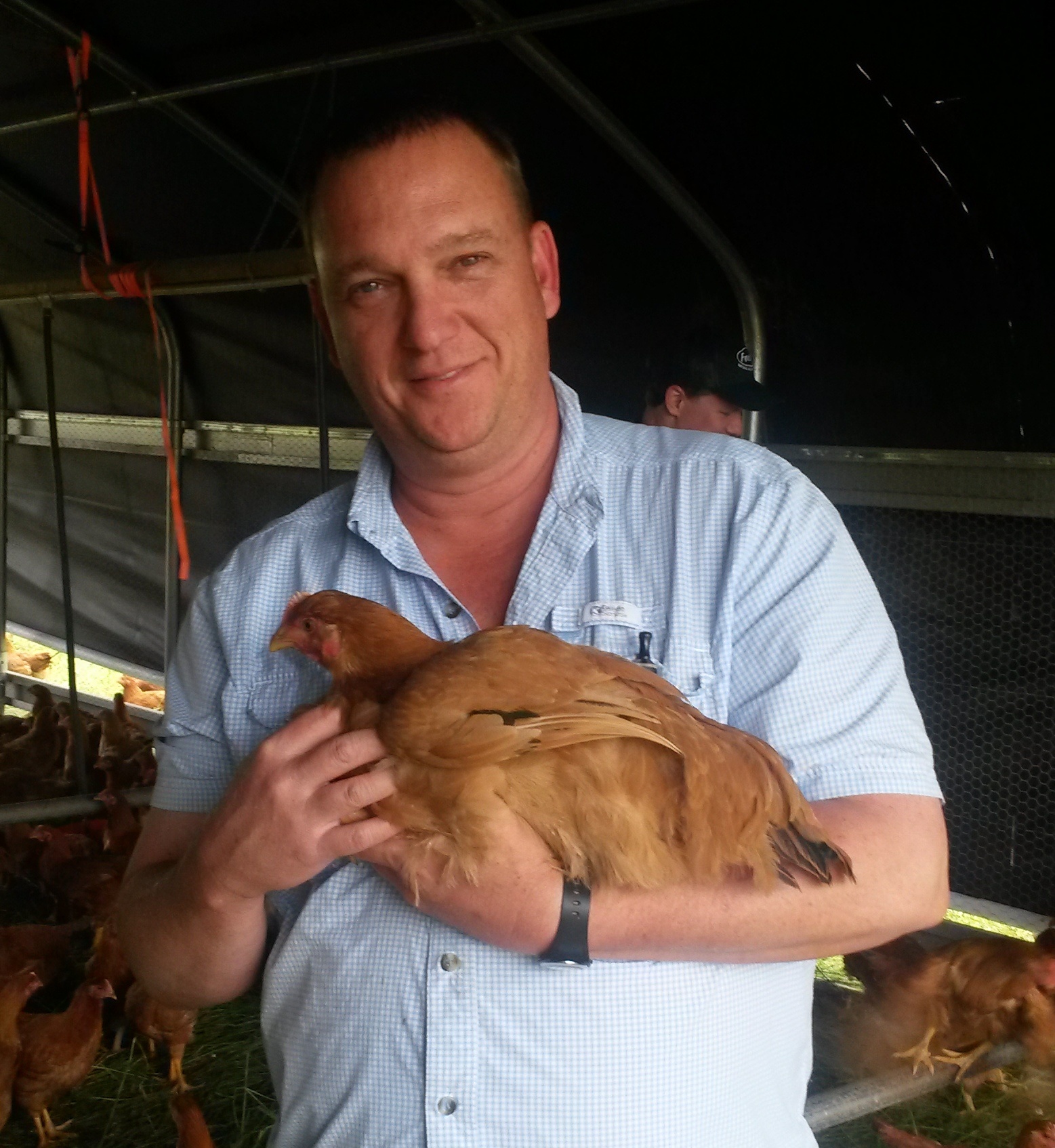Fall is right around the corner. All of the ruminant farmers will be trying to extend their grazing season. This is what we do, right? Unfortunately, every fall and spring during the flush of grass and grazing, someone calls they are bloating or having grass tetany.
Why are spring and fall grasses potentially toxic to your cows? The weather. The weather being cooler, better ground moisture, and shorter days come together to make the grasses less digestible and dangerous. During the cooler seasons the grasses pull up moisture and nitrogen from the soil and air during the night. The moisture and nitrogen are normally used by the plant for photosynthesis and formation of protein, fiber, and carbohydrates. The plant needs adequate temperature and sunlight for these functions to occur. During the spring and fall, the days are shorter. The sun is further away from your fields. The heat and sun intensity will take longer in the day for the plants to start converting the nutrients it translocated into the upper tissue for conversion. Until the plant can start working and converting nutrients the grass is far less digestible. This lack of digestibility leads to blockage or impaction in the Rumen. Thus, the bloating. Meanwhile, the rumens microbes continue to digest the forage this causes gas formation and nitrogen release. The rumen fills with gas and it has nowhere to go. The animal ends up dying quickly. Usually you only have 1 – 2 hours to remedy the bloating. The quickest way is to puncture the rumen. Find the center of the triangle between the last long rib and hip joint. Using a sharp pocketknife and a tube to place in the hole. When you make your cut/puncture be sure it is straight in. Then place tube in to allow air to escape. Stay with the animal to be sure the tube doesn’t get blocked with rumen content.
If you feel you need to put the cows out early in the day, right after chores, then feed extra magnesium. If you can wait until later in the morning or lunchtime you will avoid most chances of bloating or other illness. Waiting will allow the grasses to start working for you and the animals.
Losing cows is expensive! What is the average milking or beef cow worth, $1500 - $3,000 each depending on your operation. With a simple fix like feeding magnesium, there really isn’t any excuse to lose cows.
In most cases feeding 2 ounces of Epsom salt – magnesium sulfate will prevent the toxicity of spring and fall grass. For most of you, receiving our newsletter 2 ounces of magnesium sulfate will cost $.10 - $.12 per cow per day. For a herd of 50 cows that is $5 - $6 per day. $5 - $6 per day for 60 days in the fall will be $300 - $360 for the herd. The average cow is say $1800. $1800 - $300 = $1500 loss per cow. I might be thick-headed. But this is simple economics to me. Is the possibility of losing a cow at any cost worth the gamble for $300 in the fall or $600 for the year?
If you don’t have a way to force feed the magnesium sulfate to the animals. Try adding to your free choice mineral mix. Or try our Grazier’s choice with magnesium added for your free choice. I would much rather you find a way to be sure the animals are getting their magnesium. Decide now for how you will prevent losing a valuable animal from your herd. If you have questions. Feel free to get with our livestock team for ways to feed magnesium.

